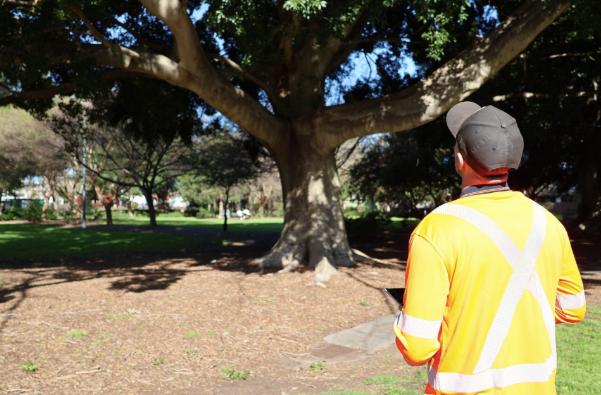Trees are more than just a beautiful feature of our landscapes—they are vital contributors to biodiversity, air quality, climate regulation, and the wellbeing of our communities. As urban development continues to expand, so too does the need for thoughtful environmental stewardship.
One of the most effective tools in balancing development with nature is the tree report, a document that helps inform decisions about trees in both rural and urban settings.
Understanding What a Tree Report Is
A tree report is a professional assessment of trees on a particular site, often conducted by a qualified arborist. It may include a survey of existing trees, evaluations of their health and structural condition, and recommendations for their management or preservation. These reports are frequently used in planning applications, environmental impact assessments, and land development proposals.
Supporting Responsible Urban Development
In towns and cities, pressure on green spaces is ever-growing. A tree report ensures that important vegetation isn’t removed without consideration. It identifies trees that may be protected by law or offer ecological value, guiding developers and planners on which trees should be retained, removed, or replaced. In this way, it helps balance growth with sustainability.
Informing Planning and Construction
Before any significant construction work begins, local authorities often require a detailed assessment of trees on the site. A tree report provides this information, helping to mitigate potential risks to trees during excavation, demolition, or construction. It outlines protective measures to preserve root zones, recommends buffer distances, and may suggest tree-friendly construction practices.
Promoting Biodiversity and Ecosystem Health
Trees play a vital role in supporting wildlife, from nesting birds to pollinating insects. Mature trees, in particular, offer habitats that are difficult to replace quickly. Tree reports highlight the ecological importance of specific trees and woodlands, aiding in the development of plans that minimise harm to these ecosystems. They help ensure continuity in biodiversity, even when land use changes.
Preventing Hazards and Managing Risks
A decaying or damaged tree can pose a serious safety threat, especially in public areas, parks, or near buildings. Tree reports assess the structural integrity of trees, identifying signs of disease, instability, or pest infestations. This allows landowners or authorities to act before a tree becomes a danger, potentially saving lives and property.
Aiding Tree Preservation Orders (TPOs)
In many regions, certain trees are protected under Tree Preservation Orders. A tree report can provide the evidence needed to secure or contest a TPO, depending on the situation. For developers, it ensures compliance with legal obligations.
For residents or conservationists, it can support efforts to protect local green spaces from unnecessary removal.
Guiding Long-Term Tree Management
Conservation isn’t only about preservation—it’s also about planning for the future. Tree reports often include maintenance strategies, such as pruning schedules, soil management, or replanting recommendations. These long-term plans help ensure that trees continue to thrive and contribute to the environment over the years, rather than simply reacting to problems as they arise.
Encouraging Community Engagement
Tree reports can also serve as a bridge between local authorities, developers, and communities.Transparent reporting about which trees are being kept or removed can foster trust and accountability.When people understand the rationale behind certain decisions, they’re more likely to support projects that affect their environment.
Adapting to Climate Change
Trees play a significant role in carbon sequestration, urban cooling, and flood mitigation—all crucial factors in the face of climate change. Tree reports help identify which species are best suited to changing environmental conditions and suggest practices that strengthen the resilience of tree populations.This proactive approach supports both conservation and climate adaptation goals.
Supporting a Greener Future
Whether you’re a developer, a local planner, a homeowner, or a conservation advocate, understanding the value of a tree report can transform how we approach our natural surroundings. By grounding decisions in expert analysis and ecological understanding, these reports empower us to protect what matters—not only for today, but for generations to come.




